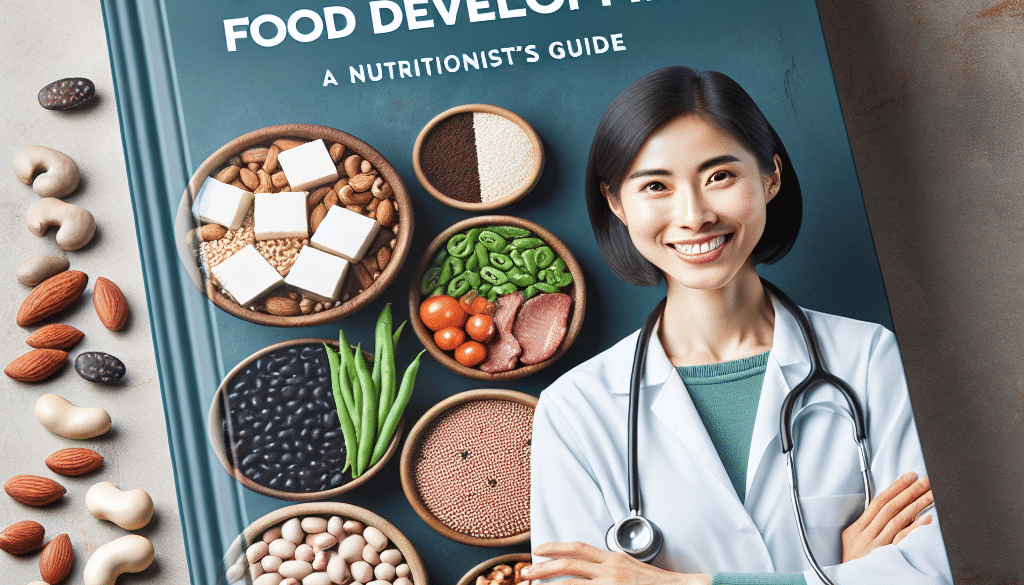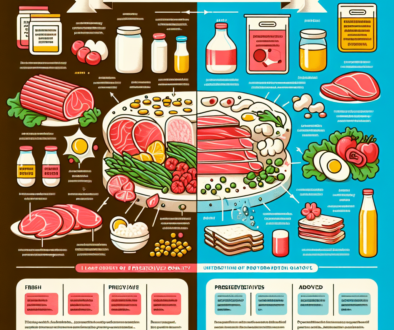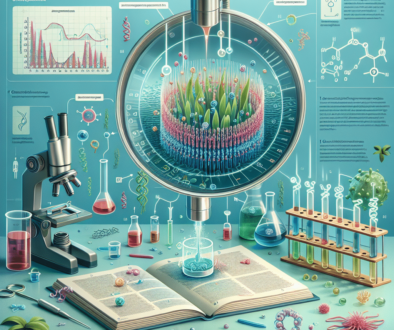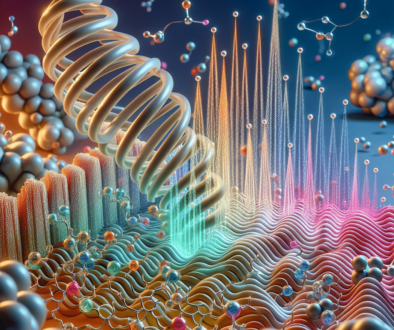Strategies for High-Protein Food Development: Nutritionist’s Guide
-
Table of Contents
- High-Protein Food Development Strategies: A Nutritionist’s Guide
- Understanding the Demand for High-Protein Foods
- Identifying Quality Protein Sources
- Formulating Balanced Nutritional Profiles
- Incorporating Protein into Various Food Formats
- Ensuring Taste and Texture Appeal
- Addressing Dietary Restrictions and Allergies
- Utilizing Functional Ingredients
- Adopting Sustainable Practices
- Case Studies and Success Stories
- Conclusion: Key Takeaways for High-Protein Food Development
- Discover ETprotein’s High-Quality Protein Products
High-Protein Food Development Strategies: A Nutritionist’s Guide
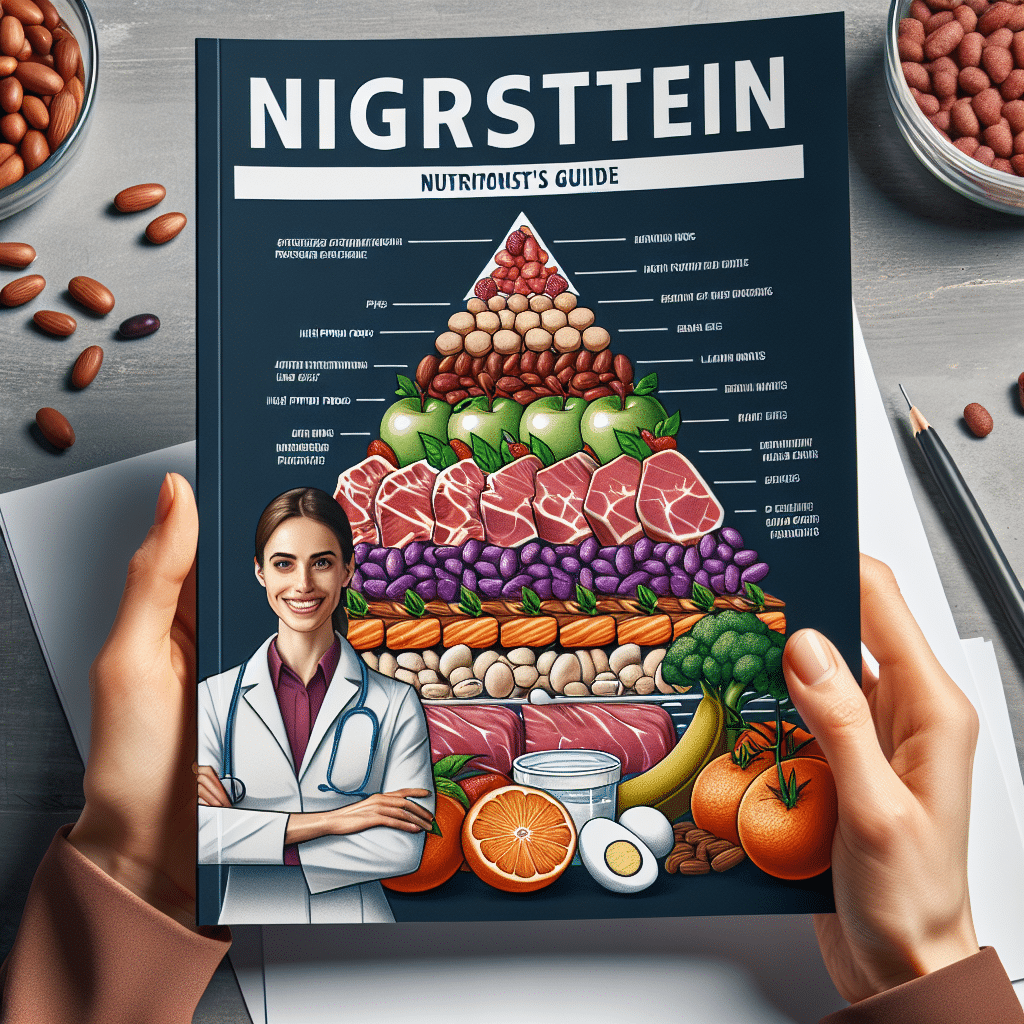
As the global population becomes increasingly health-conscious, the demand for high-protein foods has surged. Protein is an essential macronutrient that plays a critical role in building and repairing tissues, making enzymes and hormones, and providing energy. For food developers and nutritionists, creating high-protein products that are not only nutritious but also appealing to consumers is a significant challenge. This article explores effective strategies for high-protein food development, offering insights from a nutritionist’s perspective.
Understanding the Demand for High-Protein Foods
Before diving into development strategies, it’s crucial to understand why high-protein foods are in demand. The rise of fitness culture, increased awareness of nutritional needs, and the popularity of diets like keto and paleo have all contributed to this trend. Moreover, vegetarians and vegans seek plant-based protein alternatives to meet their dietary requirements. With this in mind, let’s explore the strategies for developing high-protein foods.
Identifying Quality Protein Sources
Choosing the right protein sources is the foundation of high-protein food development. Animal-based proteins such as meat, dairy, and eggs are complete proteins, containing all essential amino acids. However, plant-based proteins from legumes, grains, nuts, and seeds are gaining popularity due to dietary preferences and sustainability concerns. A blend of plant proteins can provide a complete amino acid profile, catering to a broader market.
Formulating Balanced Nutritional Profiles
While protein content is the focus, it’s essential to ensure that the overall nutritional profile of the food product is balanced. This includes considering the amount of carbohydrates, fats, vitamins, and minerals. A nutritionist can help formulate a product that aligns with dietary guidelines and consumer health goals.
Incorporating Protein into Various Food Formats
Protein can be integrated into a wide range of food formats, from bars and shakes to bread and pasta. Each format presents unique challenges in terms of texture, taste, and stability. Food developers must work closely with nutritionists to ensure that the protein addition does not compromise the product’s sensory attributes.
Ensuring Taste and Texture Appeal
One of the biggest challenges in high-protein food development is maintaining a pleasant taste and texture. Proteins can impart a gritty texture and a bitter or off-flavor. Utilizing flavor masking agents, texture enhancers, and innovative processing techniques can help overcome these issues.
Addressing Dietary Restrictions and Allergies
Food developers must be mindful of common dietary restrictions and allergies, such as lactose intolerance and gluten sensitivity. Offering high-protein foods that are free from allergens can expand the product’s market reach and appeal to health-conscious consumers.
Utilizing Functional Ingredients
Incorporating functional ingredients like fibers, probiotics, and omega-3 fatty acids can enhance the health benefits of high-protein foods. These ingredients can improve digestive health, heart health, and overall well-being, making the product more attractive to health-savvy consumers.
Adopting Sustainable Practices
Sustainability is a growing concern among consumers. Using eco-friendly protein sources, such as plant-based proteins or sustainably sourced animal proteins, can appeal to environmentally conscious buyers. Additionally, sustainable packaging and production practices can further enhance the product’s marketability.
Case Studies and Success Stories
Several companies have successfully launched high-protein products by employing these strategies. For example, a brand that introduced a line of high-protein, plant-based snacks saw a significant increase in sales by targeting health-conscious consumers and emphasizing sustainability. Another success story is a company that developed a high-protein, gluten-free pasta that became popular among fitness enthusiasts and those with dietary restrictions.
Conclusion: Key Takeaways for High-Protein Food Development
In conclusion, developing high-protein foods requires a multifaceted approach that considers nutritional balance, taste, texture, dietary needs, and sustainability. By selecting quality protein sources, formulating balanced nutritional profiles, and addressing consumer preferences, food developers can create products that meet the growing demand for protein-rich foods. The collaboration between food scientists and nutritionists is crucial in this endeavor to ensure that the products are not only nutritious but also enjoyable to eat.
Discover ETprotein’s High-Quality Protein Products
If you’re looking for premium protein ingredients for your food development needs, ETprotein offers a range of organic bulk vegan protein and plant proteins. Their products, known for their neutral taste and non-GMO, allergen-free attributes, are perfect for creating high-protein foods that cater to various industries. With ETprotein’s commitment to quality and sustainability, you can develop products that align with consumer demands and global food trends.
About ETprotein:
ETprotein, a reputable protein Chinese factory manufacturer and supplier, is renowned for producing, stocking, exporting, and delivering the highest quality organic bulk vegan protein and plant proteins. They include Organic rice protein, clear rice protein, pea protein, clear pea protein, pumpkin seed protein, sunflower seed protein, mung bean protein, peanut protein etc. Their offerings, characterized by a neutral taste, non-GMO, allergen-free attributes, cater to a diverse range of industries. They serve nutraceutical, pharmaceutical, cosmeceutical, veterinary, as well as food and beverage finished product distributors, traders, and manufacturers across Europe, USA, Canada, Australia, Thailand, Japan, Korea, Brazil, and Chile, among others.
ETprotein specialization includes exporting and delivering tailor-made protein powder and finished nutritional supplements. Their extensive product range covers sectors like Food and Beverage, Sports Nutrition, Weight Management, Dietary Supplements, Health and Wellness Products, and Infant Formula, ensuring comprehensive solutions to meet all your protein needs.
As a trusted company by leading global food and beverage brands and Fortune 500 companies, ETprotein reinforces China’s reputation in the global arena. For more information or to sample their products, please contact them and email sales(at)ETprotein.com today.

